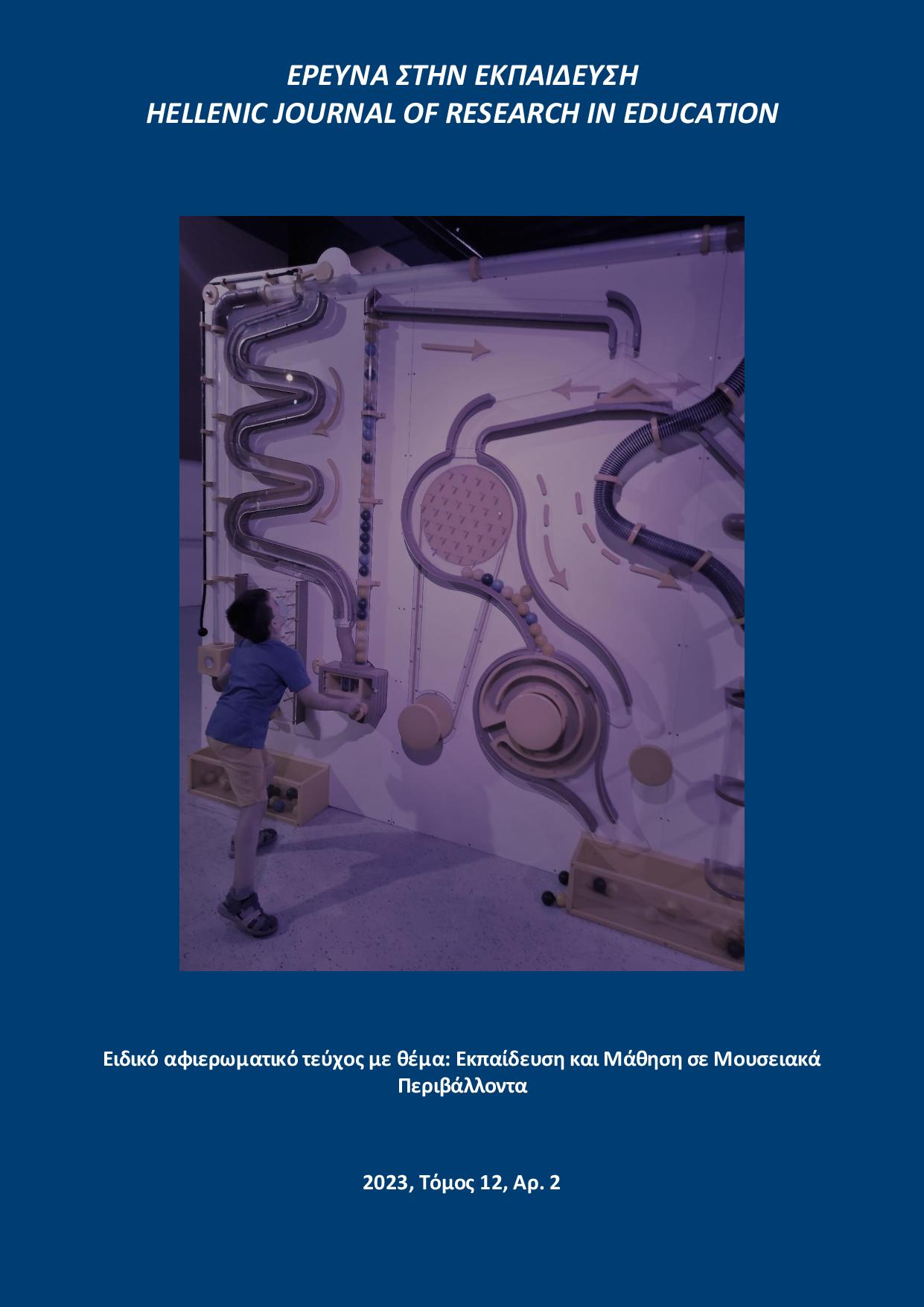Design for Learning in Museums: A Professional Development Exercise

Abstract
The paper discusses the role of educational research and reflective practice in the design of a learning methodology in a museum education context. Educational research and reflective practice are addressed for their role in visitor-centred experiences and in the professional development of museum educators through the case of the National Museum of Science and Technology Leonardo da Vinci. The paper first examines the research questions by looking into the work of the Education Department of the Museum in order to contextualize and justify certain choices and directions in the development of visitor learning and experience. It then analyses one of the education projects of the Museum, “Future Inventors”, as the context for the learning design and reflective practice processes in order to question traditional epistemological stances in visitor learning and to stress the importance of professional development for museum educators to enrich their knowledge in the field and the competences necessary to stand as the audience advocates within the museum institution.
Article Details
- How to Cite
-
Xanthoudaki, M. (2023). Design for Learning in Museums: A Professional Development Exercise . Hellenic Journal of Research in Education, 12(2), 145–154. https://doi.org/10.12681/hjre.34919
- Section
- Articles

This work is licensed under a Creative Commons Attribution-NonCommercial-ShareAlike 4.0 International License.
Authors who publish with this journal agree to the following terms:
- Authors retain copyright and grant the journal right of first publication with the work simultaneously licensed under a CC-BY-NC-SA that allows others to share the work with an acknowledgement of the work's authorship and initial publication in this journal.
- Authors are able to enter into separate, additional contractual arrangements for the non-exclusive distribution of the journal's published version of the work (e.g. post it to an institutional repository or publish it in a book), with an acknowledgement of its initial publication in this journal.
- Authors are permitted and encouraged to post their work online (preferably in institutional repositories or on their website) prior to and during the submission process, as it can lead to productive exchanges, as well as earlier and greater citation of published work (See The Effect of Open Access).


